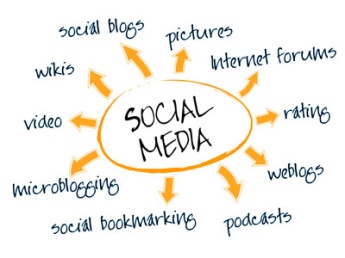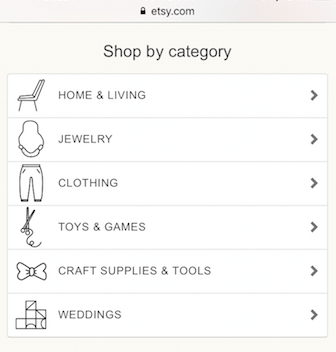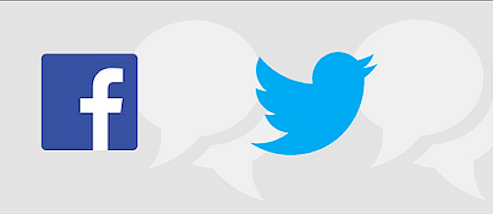If you are a brand that has a loyal following of consumers, it’s safe to say that they will follow you wherever you go. Whether you began your #socialmedia existence on Myspace and quickly transitioned to Facebook, and soon integrated Twitter, Instagram, or even Snapchat into the mix – it’s often that your following will continue. With social media adding features such as sharing, liking, commenting, etc. it allows consumers to also share your information with their followers. This is why it’s imperative that your message and clear and concise across platforms and that you aren’t posting conflicting information.

Humans are busier than ever, who really has time to sit on social media anymore? My routine is pretty standard; work, gym, family, bed, and repeat. My “social media” time typically consists of me lying in bed scrolling through one of my social media feeds. Social media ad spend has doubled worldwide, from $16bn in 2014 to $31bn in 2016. This means that even though humans are extremely busy, they are still somehow finding the time to get on social media, proving that marketers wouldn’t be spending this kind of money if they weren’t seeing results.
Social media platforms are also forever changing. 10 years ago Myspace was the popular platform of teens and young adults, then it transitioned to Facebook being on top. Slowly but surely Twitter, Instagram, and other platforms came into the spotlight. The phrase “here today, gone tomorrow” comes to mind. You never know what platforms may run the social media world in the future. Myspace was primarily for high school aged kids, whereas Facebook began as a place for college students to connect with one another. The demographic of social media keeps growing older, now we have parents, grandparents, and even great-grandparents logging into social media every day. 72% of US adults are on at least one social media platform and people ages 55-64 are more than twice as likely to engage with a brand via social media over a younger generation.
Mobile applications are more rampant than ever. Many businesses have now introduced mobile apps into their marketing strategies. These mobile apps have promotional offers, coupons, and sometimes message boards. This allows consumers to get the best deals on products / goods as well stay engage with the company, they are also able to voice their concerns. Some of these apps are a social media platform in itself and can possible steer traffic away from a company’s Facebook or Twitter profile. In 2017 alone, Apple’s App Store had over 2 million mobile apps available for download. This number will also be expected to increase over time, so companies need to take this into consideration in the future.
What future implications do you see taking a toll on social media strategies?
photo credit: ePublicist Social media chart via photopin (license)











